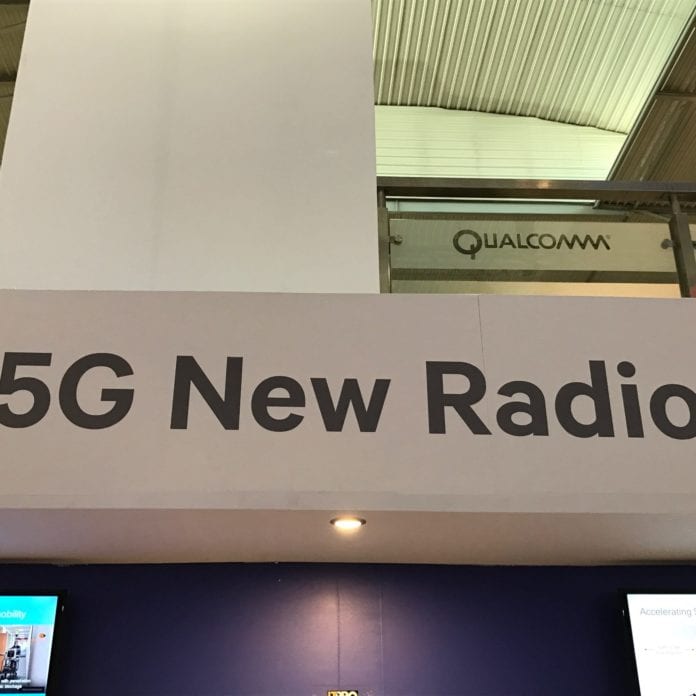Charter SVP: Small cells go ‘hand-in-glove’ with cable company network assets; have important role to play in 5G
DENVER–As carriers and neutral host providers look to create ultra-dense networks using small cells, cable companies will have increasing opportunities in the wireless market based on the reach of existing hybrid fiber-coaxial networks. That was the key takeaway from a presentation at the SCTE Cable-Tec Expo
“If you think about what’s going to happen with next-generation wireless…there is going to absolutely be an industry transformation from traditional macro architectures…to architectures that are based on small cells,” Craig Cowden SVP, Wireless Technology at Charter, said, noting the importance of density in delivering on high bandwidth and low latency associated with 5G. “It’s a hand-in-glove fit with cable. I would choose cable’s assets over anyone else’s. The reason for that is small cell is going to require significant and pervasive power, right-of-way and backhaul. And that is precisely what an HFC network does. We are going to be leaders in wireless.”
Glenn Laxdal, Ericsson head of network products, agreed: “The cable operators with the cable plants and with fiber deeper are particularly well-situated to drive the next generation of wireless activity.” He said 5G would be “use case driven” and called out the three primary use cases–mission critical communications, massive internet of things and “broadband everywhere.”
“When we think about fixed/mobile convergence, broadband everywhere really means broadband to a mobile device and broadband to a fixed device over a wireless connection. There’s going to be a lot of system requirements that we put on the system. But the most challenging requirements that we have to work with really deal with the broadband aspect and the fact that we want to be delivering this template of applications.”
Major U.S. operators Verizon and AT&T are field testing pre-standard 5G fixed wireless access using millimeter frequencies. “On the radio front,” Laxdal said, “the key technology we’re introducing in order to take advantage of those high spectrum blocks is really beamforming and MIMO. The higher up the spectrum band that I go, the more antennas that I can shrink wrap either onto a piece of silicon or onto an antenna panel. The more antennas I have available, the more antennas I can use to transmit a beam.”

